Earlier this week, I had written about a ’57 Chevrolet Bel Air, one of the most celebrated combinations of year, make and model in American automotive history. That particular example, however, wasn’t a hardtop. It wasn’t even a coupe. It was an example of the ritziest four-door wagon that Chevrolet offered that year. In the condition the featured car was in, it would hardly be considered collectible or even a candidate for restoration.
All the same, it had me asking myself the following questions: What if that car hadn’t been terminally rusty and had merely seen a lot of miles? Being in a relatively unpopular body style among collectors, would it have been acceptable when I had spotted it in 2012 as a daily driver if it had still been in decent condition, or should it have been garaged just as soon as possible for a future restoration?
This called to my mind another sighting, just one month prior to the one referenced above, of a ’72 Chevelle hardtop coupe spotted in a parking lot of a strip mall. I still hit secondhand stores every once in a while, and I was on such a mission with two friends on a Spring Saturday in Ann Arbor, Michigan. I had never been to this particular shop, but my thought process was that with Ann Arbor being a college town, with a wide range in the age of its residents, and also brimming with artsy eclecticism, I might score some better-than-average finds.
I was hoping that an older professor who had been my age back in the ’70s might have cleared out his closet and left some goodies on the rack for my shopping pleasure. I was the last one getting out of my friend’s minivan when I saw this Chevelle pull up. You all go ahead… I’ll see you inside. Just go. I waited until the driver disappeared into one of the storefronts before I got out of the van and snapped a few shots.
This generation of Chevy A-Body, especially in this particular configuration, a hardtop coupe, has always been popular for as long as I’ve been alive. I had wanted one at one point, as did many of my classmates. In contrast to the four-door station wagon body style of the ’57 Bel Air, this exact Chevelle (in great condition) would be many a Chevy fan’s dream. The paint was shiny, it sounded great, and aside from its disconcertingly missing “teeth” and bent hood up front, it looked to be in otherwise great shape. The presence of the surface rust at the leading edge of the hood where the paint had flaked off seemed to indicate this damage had been there for at least a little while.
This got me thinking. In the event that I had owned both this Chevelle and another, newer car that I had used as my daily driver, and if my financial situation had changed for some reason where I was able to afford just one car, would I have sold my prized Chevelle for a tidy profit and kept my three-year-old Malibu (this is Michigan, after all, where loyalty to GM products still largely exists), or would I have sold the Malibu and turned my Chevelle into my daily driver? Would it also have affected my decision if the Chevelle had some sentimental value, say, having previously belonged to a relative who had let me help wrench on it?
Of course, all of these questions are hypothetical, as I didn’t actually speak with the owner (nor have I ever “wrenched”). The sad truth is that my own fear, and my fear of the consequences of others’ fear, will sometimes prevent me from initiating certain interactions. Context is everything, though, and I have a pretty decent sense that if this car hadn’t been parked at a strip-mall, and perhaps instead in a different kind of place where my apparent enthusiasm about this car might have been more welcomed, I would have had no problem with using some of the fact-finding skills I’ve honed over the years, to good effect. Regardless, I hope that this footnote to my piece from earlier this week has reiterated the wonderful, inclusive motto of Curbside Classic: that every car has a story, even if we can’t guess at much of it with any degree of accuracy.
Ann Arbor, Michigan.
Saturday, March 24, 2012.
Note: A rerun of an older post.








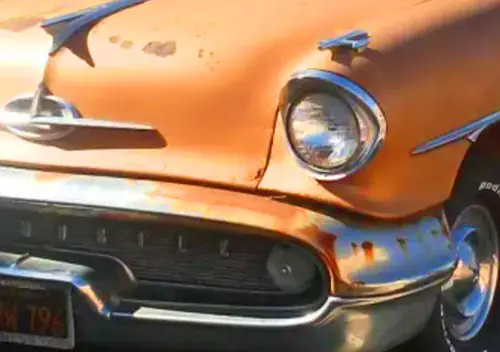
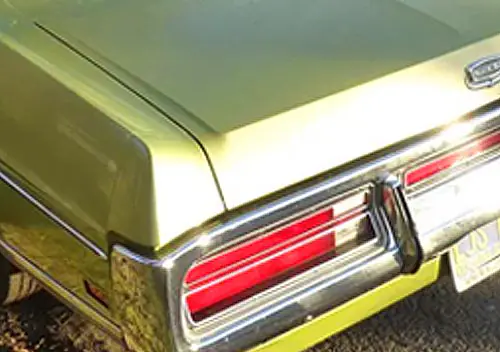
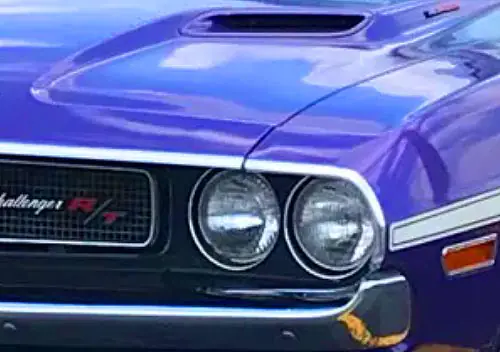


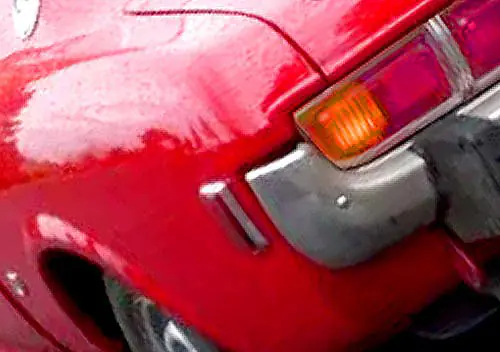

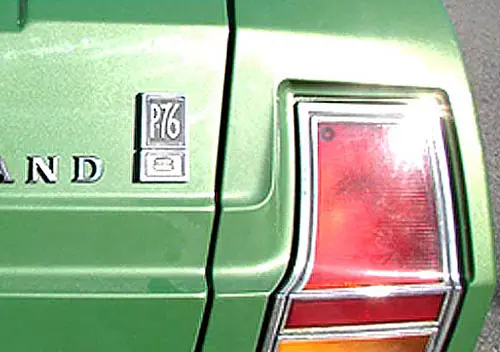
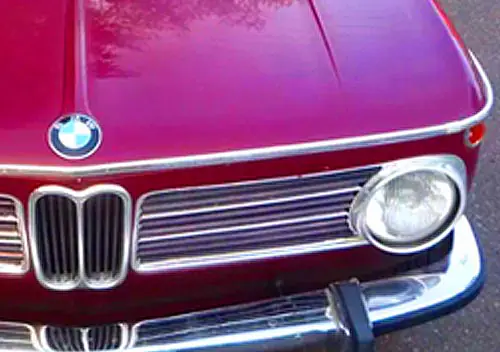

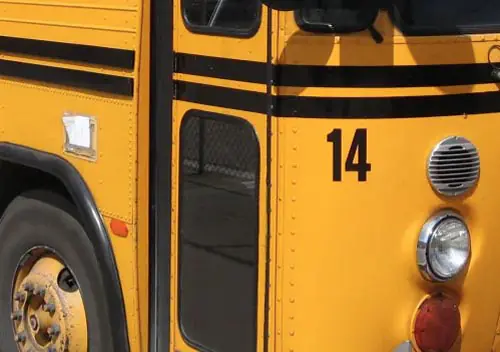
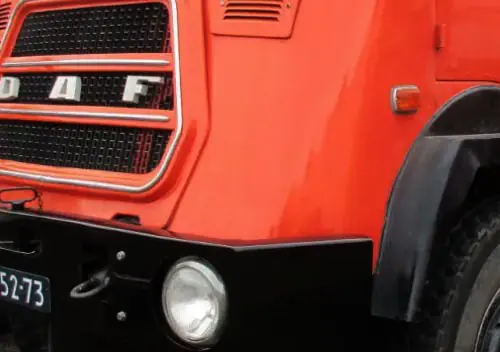
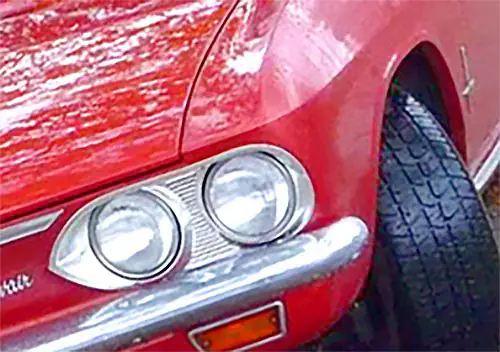
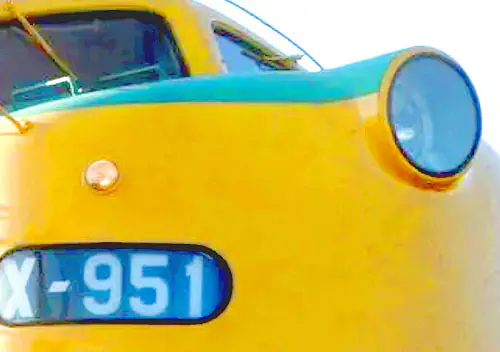
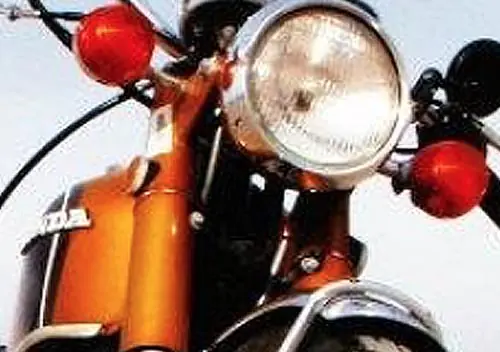
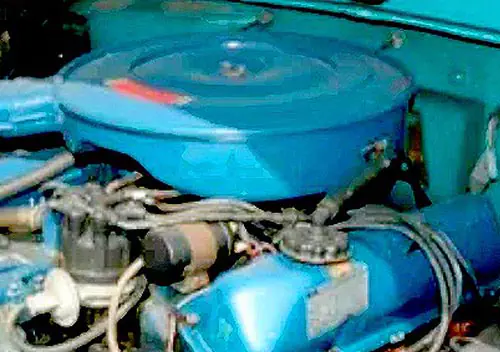
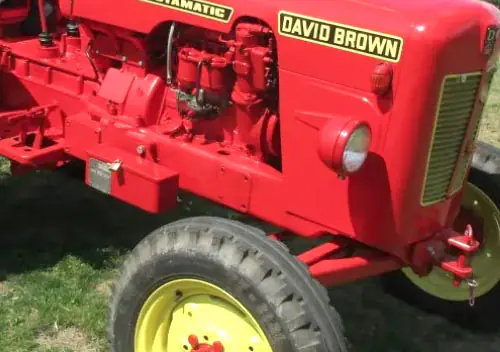
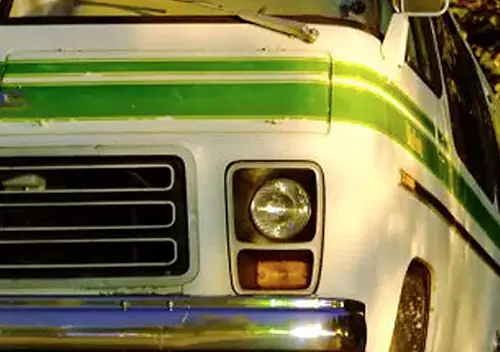

What a multi-layered bit of writing this is; thanks for the reprint, as it’s my first read. Thanks, too, for the link to the ’57 Chevy post. Nicely done, Joe.
Thank you! We don’t schedule our own reruns (at least I don’t), but I was glad to see this one again today. It prompted a text message exchange with my two friends I had gone thrifting with the day I had seen and photographed the subject car. That, alone, was worth seeing this one again today.
The term secondhand can be a loaded word for some people. It implies something that is a hand me down. This can probably be an unpleasant reminder about having to wear an older sibling’s clothing that they outgrew. The word can also mean that you are using someone else’s cast offs. For many folks that grew up in a lower income situation, buying and using old used items is a reminder of their financially troubled upbringing.
On the other hand, we have “thrifting.” Which is where we make the conscious decision to look for used vintage clothing and items such as furniture and house wares because we like the look, appreciate the style and quality, and think that those items are cool. My house is filled with vintage furniture.
I think that most old car fans look at the hobby in much the same way. There isn’t a social stigma attached to vintage car ownership.
Different people have different motivations for owning older cars. Some like the status of owning a muscle car like the ones in many movies, some choose classic Hot rods and customs or Fifties cruisers. Some inherit family heirlooms or want to recreate a certain time in their youth. Sometimes they wait until they are older and financially able to afford the luxury of having a collector car. Others have been involved with old cars their entire life.
I’m always amazed when I meet people at shows that tell me that they have owned this particular car since high school. Now these folks are like me, they have already attended their fiftieth high school reunion! I know how difficult it is to hold onto a vehicle over all those years, where taking care of life’s business and growing responsibilities had to take precedence over messing around with old cars. Many times the car sat unused and unloved, but they still held onto it.
If you take a long term view of old car ownership, you can spread out the expenses over a longer time period, but this requires a serious commitment to holding on to that car. Once you have the car, preserve it in it’s current condition, maintain and repair it as needed, and then steadily improve it, bit by bit over a number of years. It can be done, but it isn’t easy.
I was thinking about my ’66 Riviera, which was a car that I really loved. I bought that car thirty years ago, I spent a lot of time and effort getting it up and running and drove it for many years. It was far from perfect, but if I’d chosen just one big job a year I could have had a show car after ten or fifteen years. This model is still very desirable in my eyes, but I won’t pay the current prices to buy another one. In many instances, time can be on your side, but once you reach a certain age, you realize that the long term approach is going to run down the clock before you finish the job.
My advice is to buy the car you want and enjoy it, even if it will never be perfect. Just try to preserve it and improve it a bit while you have it.
When I’m driving my hobby cars I am frequently approached by different folks who ask me about them, and usually have stories about similar cars in their life histories. It can be at the supermarket, gas station, or even at a stoplight. These interactions are one of the best things about old car ownership, and I thoroughly enjoy them.
I’d bet that the owner of that Chevelle would have been happy to chat about it for a bit.
Thanks Joe for two great posts.
Jose, thank you for these insights. I think the distinction between having used things inflicted (is that the word I’m looking for) upon one, or choosing said used objects, can make a world of difference. Same as with thrifting for clothes, I now treat the online purchase of diecast car models the same way. There’s something about saving a ton of money, cleaning it up myself, and proudly displaying one such diecast (or storing it as I rotate in something else) that really appeals to me.
I suppose it’s not too dissimilar to Jose Delgadillo’s lifelong rotating cast of car characters!
Wow ! A word that means second owner is problematic.
Its not like he wrote body count
You were within walking distance of where I grew up! And where my parents still live.
I always appreciate your posts. Along with being well written, they often cover southeast Michigan or the Chicago area, where my in-laws are.
So that is your thrift find for the day or did you score anything in the stores? Just had a college professor in the office this morning. A newly retired poly sci prof. His current glasses would fit a thrift store well since they defined the look of the 50s and used in many period movies.
Enjoyable read, thank you. I was lucky enough to own a 71 Super Sport Malibu from 1997 to 2006 as restored collector automobile. It was very comfortable, with a/c, a turbo hydramatic, p/s, and front disc brakes. I would occasionally drive it to work and once to a weekday at work car show 2 hours from home. Wonderful times but somewhat overshadowed by a breakdown and a limp home. If you have a trusted mechanic, or work on your own stuff and have AAA, give it a shot. As to second hand shops, I stop at every one I see, curb shop and visit my town recycling center often. Treasures await. Any stigma related to these activities doesn’t bother me. My family has so much fun on these adventures, it’s worth it. Enjoying your finds is a pleasure, is a conversation starter, and can generate a little cash too. The Allenwood General Store here in NJ is one stop – a great deli and antique store that has a hand written sign posted by the late owner (his son and family run the place now) that states ” I buy junk and sell antiques”. Really sums it up
I also wanted to add that the late Dr. Alexander Sosiak – founder of Squarebirds.org, and dear friend, only operated old cars as his daily drivers. His 58 Thunderbird was his favorite. The 67 LeSabre coupe he drove from 1990 to 1997 is now under my care undergoing a frame off restoration.
Well put Sir ! .
I saw the glassine paint and the hood bonk and cringed .
This isn’t my favorite Chevelle, that would be a ’64 but I digress .
I cannot imagine the conundrum you described, if any family history and the vehicle drove well plus no rust I’d choose that direction .
Me cautious of thrift stores ! I bought way too much cool stuff over the decades and now refuse to toss it all out and no one else wants my old crap .
You’ve been WARNED ! =8-) .
-Nate
Love going to secondhand stores. It’s amazing what you can find. It’s hard to know when something crosses the line between ‘just old’ and ‘wow, that’s so OLD!’. Maybe old is in the eye of the beholder? I’m reminded of when I was looking for a model of a 1940 Ford as a teenager, and Dad asked why I wanted to build a new car. 1940 – new? Hmm… Fast forward to today, the equivalent would be a 1995 something – and okay, I begin to get his point…
But for me the lure is the books; I’ll walk past rows of clothing racks to check out what’s usually in the back corner. I’m not looking for ‘age’ so much as ‘interesting to me’. I’ll leave ‘old but boring’ in favour of ‘not so old but interesting’ every time.
I haven’t seen such an interesting car outside one for a long time, but here’s your Chevelle.